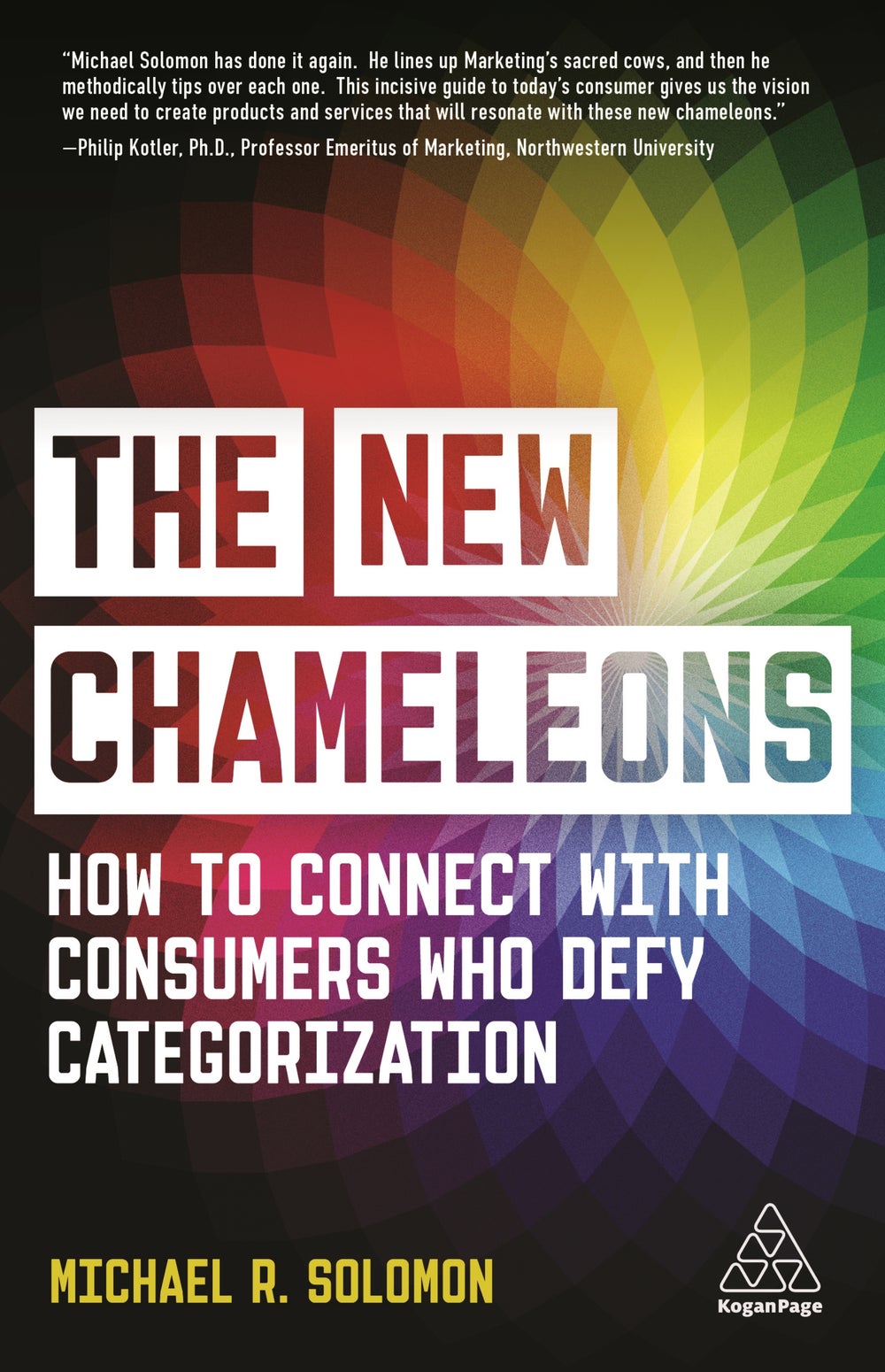Meet The Consumer Chameleon: Don't Categorize Your Customers; Understand Them There's a bit of a marketing revolution afoot. That revolution requires marketers to revisit the cages they've erected over many years.
By Michael R. Solomon Edited by Aby Sam Thomas
Opinions expressed by Entrepreneur contributors are their own.
You're reading Entrepreneur Middle East, an international franchise of Entrepreneur Media.

For years, we've been able to get away with putting our customers into neat little cages, as we grouped them according to fairly broad ranges of age or income, or we pigeonholed them by gender. New ideas, new products, and new styles came to life in mass media, so not surprisingly, most people adopted them en masse.
Year by year, we had clear winners in domains like hit songs, clothing styles, home furnishings, etc. That monolithic strategy just doesn't work in a world where proactive consumers are waking up and shaking those cages. Today many of us no longer accept the labels marketers assign to us, and with good reason. We just don't conform to the assumptions they make about what we do, think and buy.
As I discuss in my latest book, The New Chameleons, many of us are looking a lot more like consumer chameleons, who frequently change our "colors" or identities, depending upon the contexts in which we find ourselves. The internet, coupled with the ability to travel around the world (at least before COVID-19), gives us a window into lifestyles and product options we never knew about. Now, our dreams and aspirations come from images around the world– and often, the ability as well to procure different styles, foods, and experiences from locales that used to be inaccessible to all but the most affluent.
These are today's consumer chameleons, who change their identities faster than Cyrine Abdel Nour changes outfits. There's a bit of a marketing revolution afoot. That revolution requires marketers to revisit the cages they've erected over many years. And no one is saying that's an easy thing to do. Conventional marketing strategies are built upon predictability, stability, and the comfort that comes from knowing that we "understand" our customer yesterday, today, and tomorrow. To accomplish this, we love to put people into categories and often into super neat dichotomies– and call it a day. Unfortunately, that strong tendency also is a prime example of what psychologists call a nominal fallacy; the belief that because we have given a name to something, we have therefore explained it.

Image credit: michaelsolomon.com
So, we blithely describe our target markets with peppy terms like millennials, empty nesters, HENRYs (high earners, not rich yet), recreational shoppers, etc. Then we congratulate ourselves, secure in the knowledge that we now understand our customers. We have safely placed them into their cages, and affixed cute labels on the doors of those cages. Those cages used to be solid, and marketers relied upon them to build a structure that formed the basis of their traditional strategic worldview. This rather simplistic approach worked really well for a lot of years, so marketers can't be blamed for continuing to rely upon it. But that's no longer the case.
Related: A Return To Inspiration: Consumer Trends To Look Out For In 2021
Now, many of these comfortable cages are opening– and fast. Although we're faced with a profusion of brands, until fairly recently, we didn't see huge differences in consumption across groups of people, especially when we control for income. As "tribes" waxed and waned, they were likely to include large swaths of the population. Fast forward to today, when we truly live in an era of market fragmentation. Just as our TV viewing options have expanded to thousands of channels today, the monolithic market segments of that time have decomposed into innumerable micro-segments.
The consumer chameleon blithely travels from one micro-segment to another. The only constant we can count on from our new shape-shifters is that they will adopt the coloration of many microsegments in the course of a decade, a year, or perhaps even a day. To see this splintering in action, just visit any decent-sized magazine stand. Count the staggering number of publications that give us a glimpse into obscure lifestyles ranging from yachting, to coding, to pumping iron. Stroll through the food court in a typical shopping mall.
You can choose from a dizzying range of ethnic foods –Chinese, Italian, Middle Eastern, American, Japanese, Thai, and Mexican– or perhaps combine them all on the same plate. Having heard all of this, don't despair! Creative destruction is a good thing. We need to open these cages if we're going to thrive in today's cutthroat market. But it's really, really tough to give up the security that comes from thinking you know exactly who your customers are.
Successful marketers understand that they have to discard their outdated assumptions and instead do their best to understand the journeys these chameleons take as they explore new lifestyles. Perhaps that calls for a renewed focus on "old-fashioned" qualitative research in order to truly understand the lived experiences of your customers. Most quantitative survey data tells you a little about the what that your target market bought, but not the why.
So, take a deep breath, and get ready to unlock those cage doors. Time to feed your chameleons!
Related: Marketing Goes Mobile: The Secret To Successfully Connecting With Consumers













